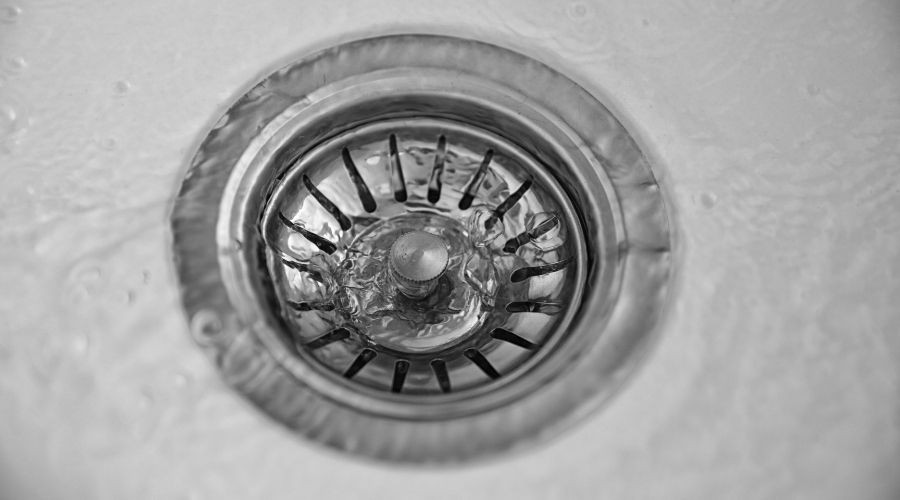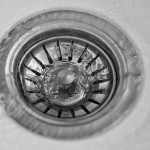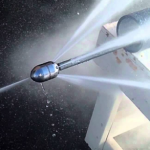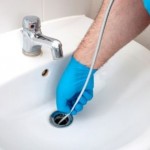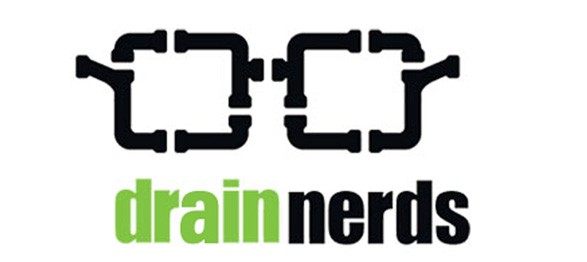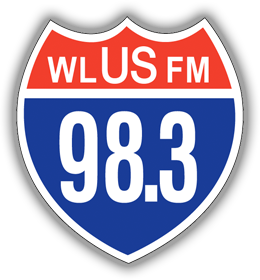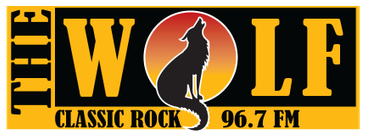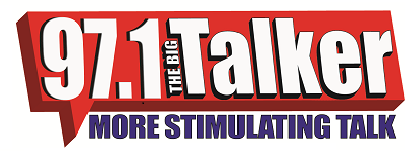The Best (and Worst) Ways To Fix a Clogged Drain Line
A clogged or slow-moving drain is one of those nuisances that every homeowner dreads. And in some cases, it can be much more than a mere inconvenience, potentially causing major water damage or creating an unpleasant and dangerous biohazard situation. In any case, it’s a problem that demands a swift solution.
Fortunately, there are a few different ways to clear a blocked drain. The trouble is, some of these may end up damaging the home’s plumbing or creating unsafe circumstances. So read on to learn about three of the most popular methods for unclogging drain lines - and why one of them ought to be avoided.
Method #1: Snaking the Drain
“Snaking” a clogged drain involves the use of a drain auger, a length of coiled metal wire with a terminal end designed to drill into, shred, or ensnare obstructions in the pipe. The snake is typically fed into the drain line with a hand crank or motor that simultaneously rotates the coil, turning it into a long, flexible drill.
Once the blockage has been penetrated, the coil is retracted, pulling out hair or other trapped materials with it. Drain snakes are commonly used for both fixing clogs and preventative drain cleaning. Special toilet augers are used in clogged toilets to avoid scratching or gouging the visible porcelain with the terminal end. Some professional-grade augers are even capable of cutting through tree roots in underground sewer lines.
Method #2: Hydro-Jetting
As the hose is fed into the drain line, usually via an access port called a cleanout, the nozzle sprays one large jet forward and several smaller jets backward at an angle. This takes care of the main blockage ahead while simultaneously scouring the pipe walls to remove grease, mineral scale, and any other buildup.
Hydro-jetting is typically the preferred method for removing clogs deep underground in the home’s main sewer line and for clogs caused by mineral scale, sand, and grease. It’s also used for long-term preventative drain cleaning.
Method #3: Using Liquid Drain Cleaners
Store-bought liquid drain cleaners (some also come in powder form) use substances such as lye, bleach, peroxide, or hydrochloric acid to cause a chemical reaction in the clogged pipe, generating heat and dissolving the blockage. The user simply pours the product into the drain, waits about 15 minutes, then pours hot water down the drain to wash it down. In theory, it’s a convenient way to fix a clog. But these products come with a slew of dangers.
While the chemicals eat away at the blockage, they may also be eating away at the pipes. Likewise, they can damage clothing, burn skin, and be deadly if ingested in any amount. They also produce harmful fumes and can even cause a chemical explosion if used incorrectly. And to top it off, they don’t always work, leaving homeowners with a partial blockage or a puddle of harsh chemicals in their tub or sink.
Chemical drain cleaners may sometimes work as a temporary fix in a pinch, but homeowners would do well to opt instead for a more effective long-term solution to their drain clog woes.
About Drain Nerds
Drain Nerds have been the go-to company for plumbing services since 2007. They offer up-front pricing, free estimates, and a total satisfaction guarantee on every call. Their friendly experts are available 24/7 for plumbing emergencies, so call Drain Nerds now for drain cleaning in Fort Myers, FL!
